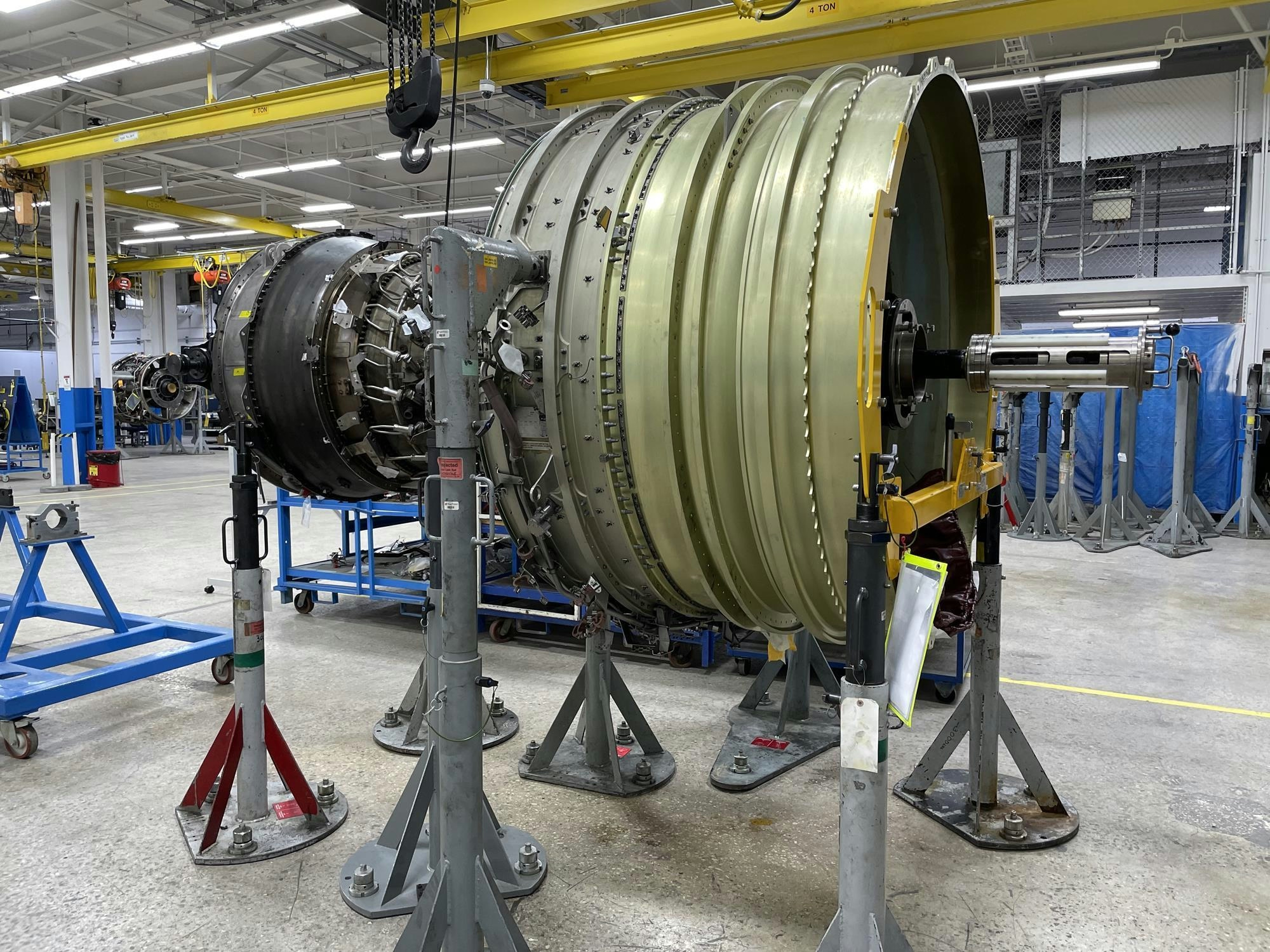
AeroGenie - مساعد الطيار الذكي الخاص بك.
الرائج الآن
Categories
India, France, and Singapore Collaborate as Jet Airways Relaunches
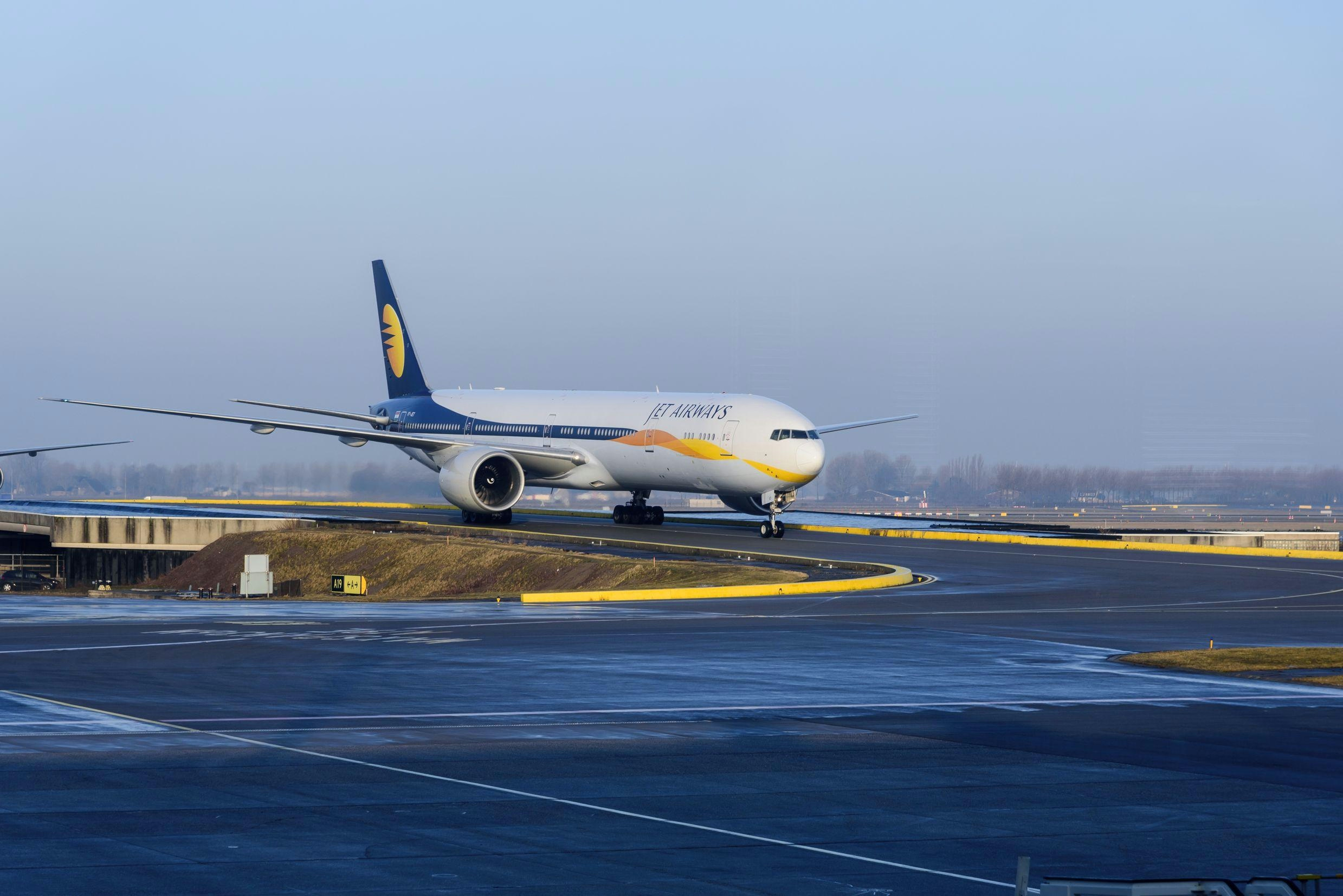
India, France, and Singapore Collaborate as Jet Airways Relaunches
Jet Airways is poised to resume operations, supported by strategic partnerships involving India, France, and Singapore. Anchored in India as its operational base, the airline is leveraging France’s critical European connectivity and Singapore’s position in Southeast Asia to reestablish itself in the global aviation market. This international collaboration aims to foster innovation, enhance seamless connectivity, and renew the airline’s commitment to delivering a world-class passenger experience.
Navigating Industry Challenges Amid Relaunch
The revival of Jet Airways occurs at a crucial juncture for Indian aviation, which has recently faced significant challenges. The tragic Air India crash has intensified scrutiny on safety and operational standards across the sector. This incident is expected to harden the aviation reinsurance market, complicating efforts for carriers like Jet Airways to secure favorable insurance terms. As insurers reassess risk profiles, the airline may encounter increased premiums and more stringent requirements, adding complexity to its relaunch strategy.
Despite these obstacles, Jet Airways is advancing with a vision focused on cutting-edge technology, premium service, and sustainable operations. Since its inception in 1993, the airline has been a pioneer in Indian aviation, setting new standards for service quality. Innovations such as offering hot meals on domestic flights, establishing a 24/7 customer care center, and launching the JetPrivilege loyalty program have been hallmarks of its legacy. Its primary hub at Mumbai’s Chhatrapati Shivaji Maharaj International Airport has long been recognized for operational efficiency and effective passenger management.
Historical Growth and Strategic Partnerships
Jet Airways’ international expansion began in 2004 with the Chennai–Colombo route, followed by the introduction of long-haul services utilizing Boeing 777 and Airbus A330 aircraft. The acquisition of Air Sahara in 2007, subsequently rebranded as JetLite and JetKonnect, bolstered its domestic network. The airline further extended its global reach through strategic codeshare agreements with major carriers such as Air France-KLM, Etihad Airways, Virgin Atlantic, and American Airlines. The 2013 partnership with Etihad, which included a 24% equity stake, underscored Jet Airways’ international ambitions, focusing on routes catering to business travelers and the Indian diaspora.
However, the competitive landscape has evolved significantly. Gulf carriers and India’s IndiGo have intensified competition on international routes, while Air India’s ongoing transformation faces challenges including delays in aircraft deliveries and reputational setbacks following the Boeing 787 crash. These factors increase pressure on Jet Airways to differentiate itself and rebuild trust among passengers and industry stakeholders.
Renewed Focus on Service and Global Strategy
Jet Airways’ relaunch emphasizes innovation in service and product offerings across all travel classes. Business Class will feature full-flat beds, gourmet cuisine, and personalized amenities, complemented by advanced entertainment systems and customer engagement initiatives designed to elevate passenger satisfaction.
The collaboration with France and Singapore remains central to Jet Airways’ global strategy, providing vital connectivity and regional access. Nonetheless, the airline must successfully navigate a more demanding insurance environment and heightened competition. Its future success will depend on delivering seamless connectivity, maintaining rigorous safety standards, and offering a superior travel experience, thereby reaffirming its legacy as a trusted international carrier in a rapidly evolving industry.
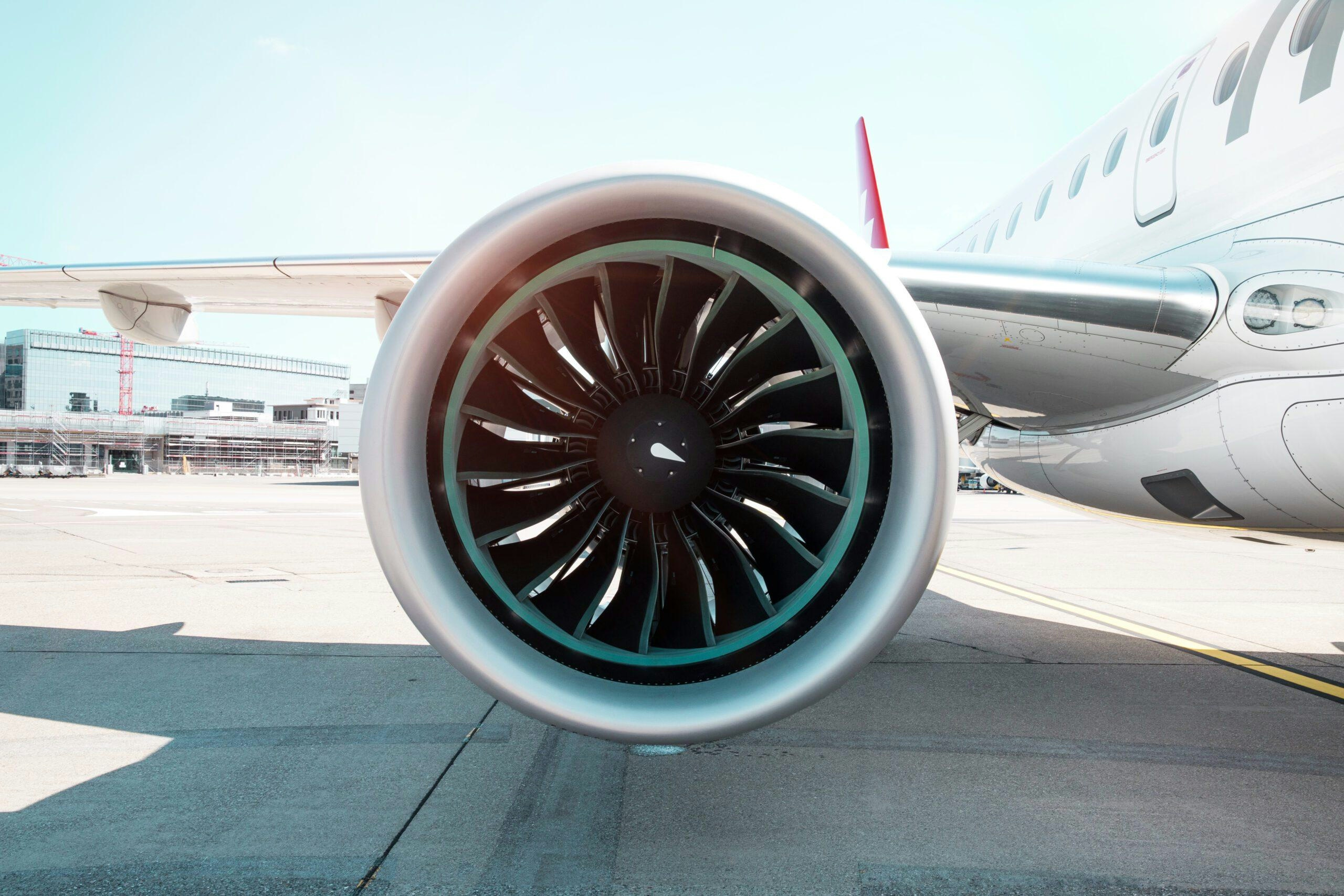
Leading Companies in Aviation Artificial Intelligence: Airbus, Amazon, Lockheed Martin, Tata Power, Thales

Warburg Pincus Acquires Hong Kong-Based Topcast Aviation Supplies
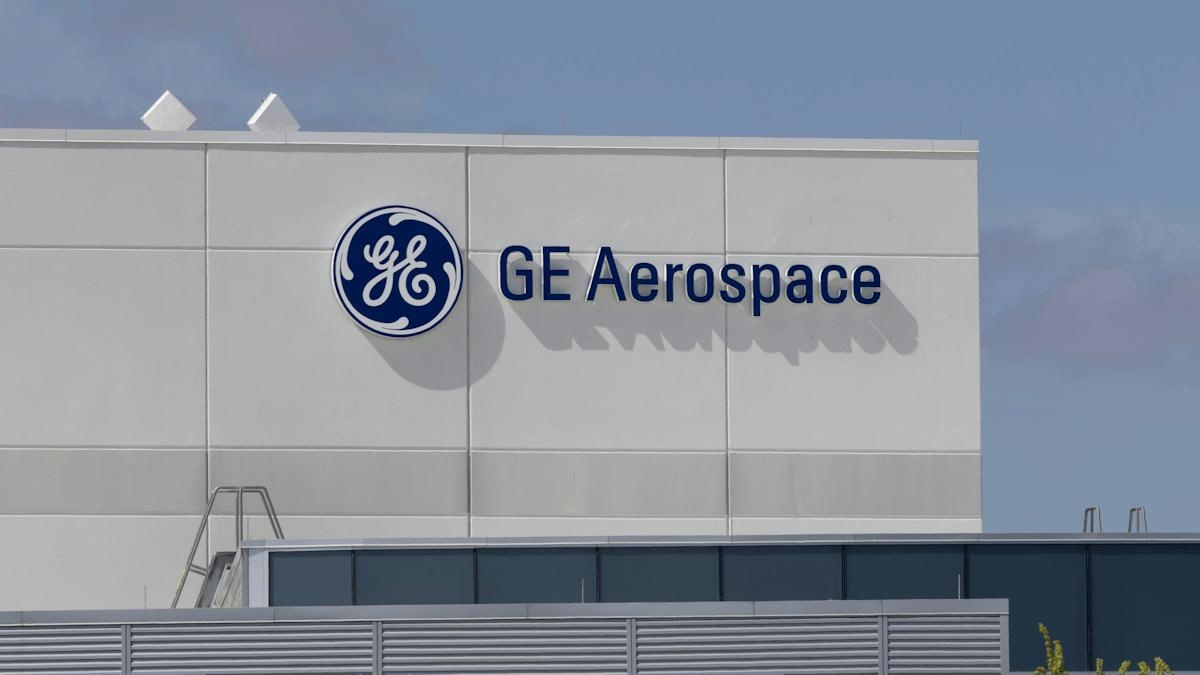
GE Aerospace Expands North Carolina Facility with $53 Million Investment to Address Supply Chain Issues
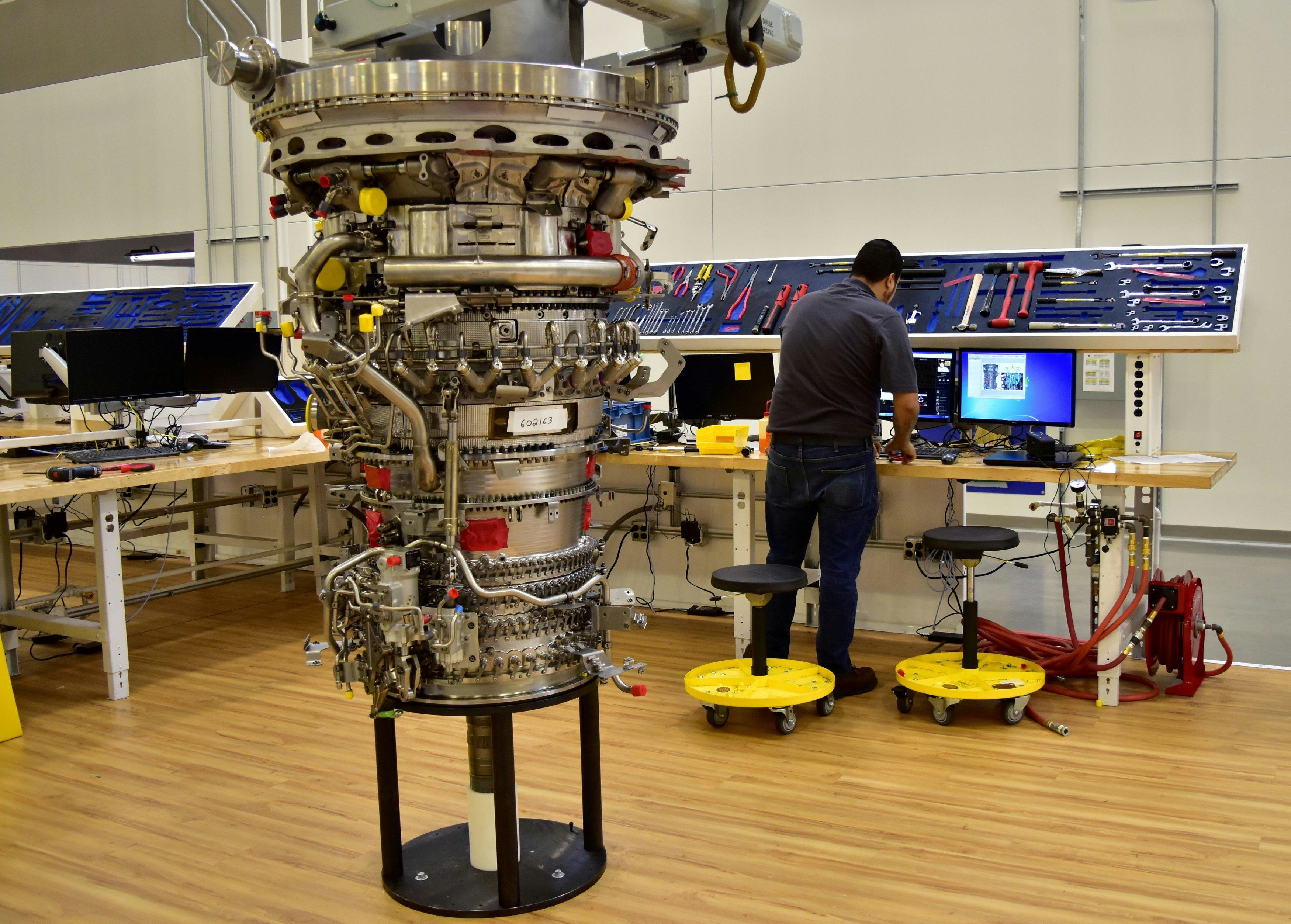
Manufacturer of China’s C919 Secures Capital Injection Amid Supply Chain Issues

Africa’s Aviation Sector Adopts AI Amid Challenges

FTAI Aviation Shares Rise 6.3% Following AI Partnership with Palantir

Airports Innovate 2025 Shapes the Future of Aviation

How Volcanic Ash Disrupts Aircraft Engines

Ethiopia Volcanic Ash Plume Poses Risk to Aviation, DGCA Issues Warning
